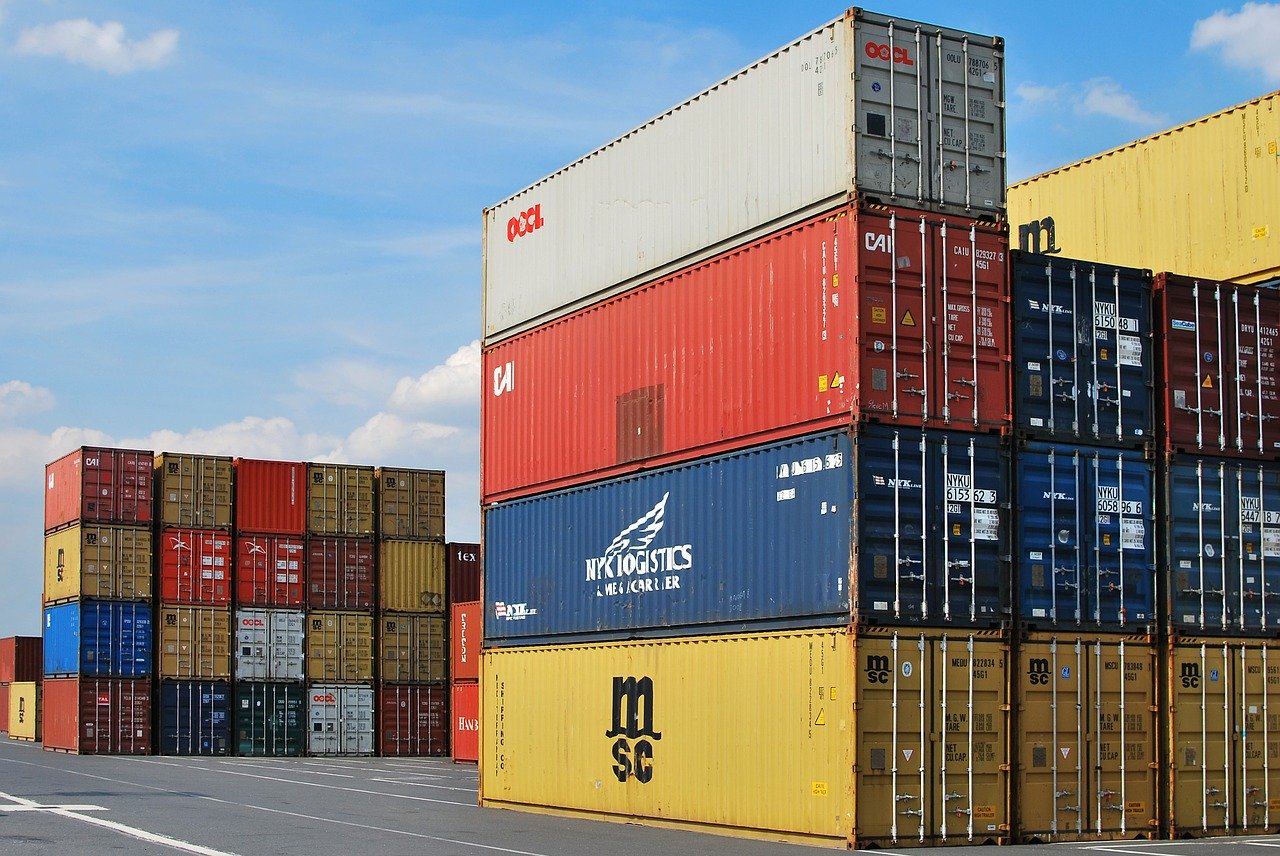TRAINER: U.S.-China: “New” Commitments on Customs Enforcement of Intellectual Property

The recently signed U.S.-China Economic and Trade Agreement identifies a number of intellectual property obligations undertaken by China. Among these obligations, Article 1.20.1 identifies specific actions regarding counterfeit and pirated goods arising from a customs seizure and Article 1.21 generally describes China’s obligation to increase resources dedicated to border enforcement, including greater efforts to combat infringing goods attempted to be exported or moving in-transit.
Under Article 1.20.1(a) China is required to destroy counterfeit and pirated goods, except in exceptional circumstances. This “new” obligation is practically identical to what China agreed to when it became a member of the World Trade Organization (WTO) in 2001. Article 59 of the intellectual property border enforcement measures of the WTO’s Agreement on Trade Related Aspects of Intellectual Property Rights (TRIPS) states, in part, that “competent authorities shall have the authority to order the destruction or disposal of infringing goods in accordance with the principles set out in Article 46.”
China’s WTO obligation also included the “new” requirement of Article 1.20.1(b). It states that “simple removal of a counterfeit trademark unlawfully affixed shall not be sufficient to permit the release of the goods into the channels of commerce.” The WTO’s TRIPS Article 59 previously limited the disposition of counterfeit trademarked goods, instructing that counterfeit goods were not to be re-exported in an “unaltered state.” The “new” language of 1.20.1(b) reiterates the TRIPS Article 46 language that also states that “in regard to counterfeit trademark goods, the simple removal of the trademark unlawfully affixed shall not be sufficient, other than in exceptional cases, to permit release of the goods into the channels of commerce.”
To emphasize the point that “simple removal” is not sufficient, it is worth noting the 2009 WTO dispute settlement case between the U.S. and China. In the dispute settlement decision, the panel analyzing China’s disposition of counterfeit goods explained that “it is
insufficient, other than in exceptional cases, to show that goods that have already been found to be counterfeit are later unmarked. The release into the channels of commerce of such goods … will not comply with the requirement in the fourth sentence of Article 46, as incorporated by Article 59.”
Without additional detailed requirements, China does not appear to undertake anything new regarding the issue of destruction of counterfeit goods.
Article 1.20.1(c) states that the competent authorities shall not “permit the exportation of counterfeit or pirated goods or to subject such goods to other customs procedures” except in exceptional circumstances. Again, this language generally repeats an existing obligation that China agreed upon with entry into the WTO in 2001.
Essentially, the “new” obligations of Article 1.20.1 existed prior to these negotiations.
Regarding China’s undertaking in Article 1.21 to take customs enforcement actions against infringing shipments intended for export, this authority has been in China’s Customs Intellectual Property Rights Regulation since 2004. China Customs reports often on shipments of infringing goods seized before leaving China. While the U.S. would approve of increased numbers of seizures of export counterfeit shipments, it cannot be said that China is not seizing shipments intended for export.
What is new under the U.S.-China Agreement is for China to undertake enforcement against shipments in-transit as the existing Chinese regulation makes no specific reference to enforcement against infringing goods in-transit.
Under Article 1.21, China agrees to train more personnel who will be dedicated to customs enforcement efforts to stop the export and in-transit movement of counterfeit and pirated goods. The effectiveness of having more customs officers dedicated to combat shipments of counterfeit and pirated goods will take time to assess.
The requirement in Article 1.21.2 that China report regularly on its customs IPR enforcement activity will be helpful if it commits to the quarterly reports. These reports will augment the occasional press releases issued by China Customs of large shipments it seizes.
While China’s overall border enforcement efforts may be far less than desired by many, the Chinese government has provided customs with more intellectual property enforcement authority than many other countries. Ultimately, China’s battle with infringing goods should be focused on its domestic manufacturers who are producing counterfeit and pirated products.
This post was written by Timothy Trainer, a co-author of Customs Enforcement of Intellectual Property Rights, published by Thomson Reuters. Follow Trainer on Twitter @TTrainerglobal.